Naples, Fla., a city of some 20,000 inhabitants, is one of the wealthiest communities in the United States. Reputedly, the jurisdiction has the second highest proportion of millionaires. Modest lots within walking distance of the beach sell for a couple million dollars, and tear-downs are common. The landscaping in residential neighborhoods is as manicured as the Japanese Imperial Palace. With a formidable tax base to spend upon public works, one would expect the public spaces in a place like this to be attractive — and the bits and pieces of Naples that I have seen in the past 24 hours do not disappoint.
We had occasion to stroll along 5th Avenue — less famous than its New York counterpart, but far friendlier. Indeed, Naples’ 5th Avenue is one of the most inviting streets I have seen anywhere in the United States. It compares favorably even to the great streets of Europe. The local authorities have done everything right. While Virginia communities are unlikely to have as much money to lavish upon brick crosswalks or the year-round sub-tropical climate to support such lush flowering plants, they can learn a lot.
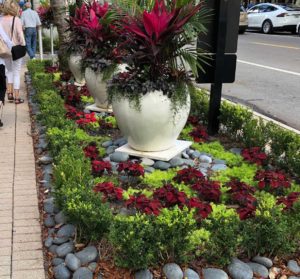 First, look at the bones. 5th Avenue has four lanes, two of which are dedicated to on-street parking. The line of parked cars creates a barrier between moving automobiles and the sidewalk, separating pedestrians from motorists. Not that safety is a huge consideration — the lanes are fairly narrow, so the cars don’t drive very fast. Equally important, the street has a broad sidewalk, creating abundant space for plantings, benches, artwork, and outdoor restaurant seating.
First, look at the bones. 5th Avenue has four lanes, two of which are dedicated to on-street parking. The line of parked cars creates a barrier between moving automobiles and the sidewalk, separating pedestrians from motorists. Not that safety is a huge consideration — the lanes are fairly narrow, so the cars don’t drive very fast. Equally important, the street has a broad sidewalk, creating abundant space for plantings, benches, artwork, and outdoor restaurant seating.
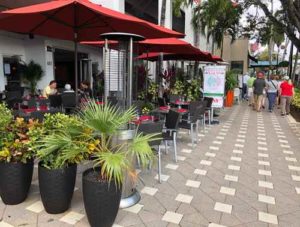 There are no setbacks. Buildings abut the sidewalks, so they help define the pedestrian space. Property owners contribute their own landscaping, artwork, decorated building facades, and in the case of restaurants, tables and seating.
There are no setbacks. Buildings abut the sidewalks, so they help define the pedestrian space. Property owners contribute their own landscaping, artwork, decorated building facades, and in the case of restaurants, tables and seating.
The city has creatively used its street intersections to create attractive places to gather, sit, or watch the world go by.
 There is abundant statuary and artwork, some of it on city property and some of it, like this yellow gator, on private property.
There is abundant statuary and artwork, some of it on city property and some of it, like this yellow gator, on private property.
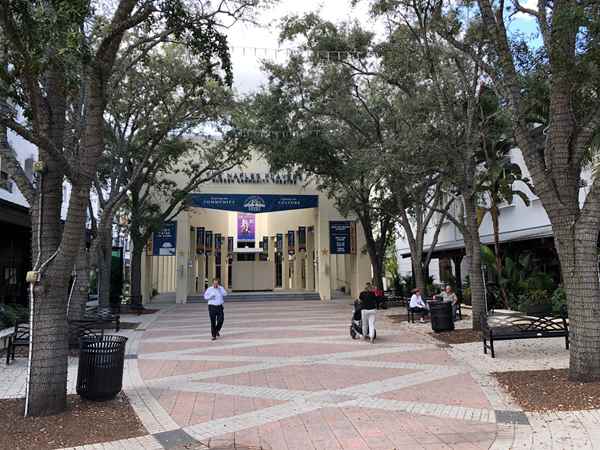 Here the public space expands. The small plaza creates a gateway for a community theater.
Here the public space expands. The small plaza creates a gateway for a community theater.
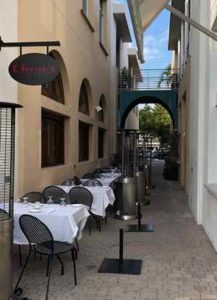 When property values are as high as they are in Naples, it pays to make use of every square foot of space, including that between buildings. As can seen here, someone added the visually interesting feature of an archway.
When property values are as high as they are in Naples, it pays to make use of every square foot of space, including that between buildings. As can seen here, someone added the visually interesting feature of an archway.
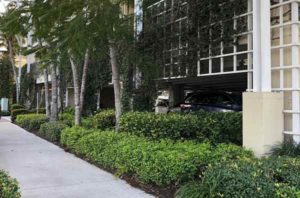 Many buildings incorporate greenery as part of the façade. This is a parking deck one block off 5th Ave.
Many buildings incorporate greenery as part of the façade. This is a parking deck one block off 5th Ave.
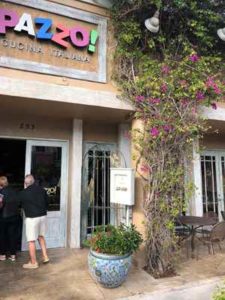 The cardinal rule for creating a vibrant, walkable street where people enjoy congregating is to keep it visually interesting. Signage, artwork, brick paving, landscaping, potted plants, wall murals, umbrellas, tables, chairs and tablecloths all play a role.
The cardinal rule for creating a vibrant, walkable street where people enjoy congregating is to keep it visually interesting. Signage, artwork, brick paving, landscaping, potted plants, wall murals, umbrellas, tables, chairs and tablecloths all play a role.
Naples’ 5th Avenue is a visual feast… or, as one of my friends observed, retinal overload. The city’s ability to create great places is one of the reasons why millionaires, billionaires, and humble tourists come visit and, often, buy homes here.

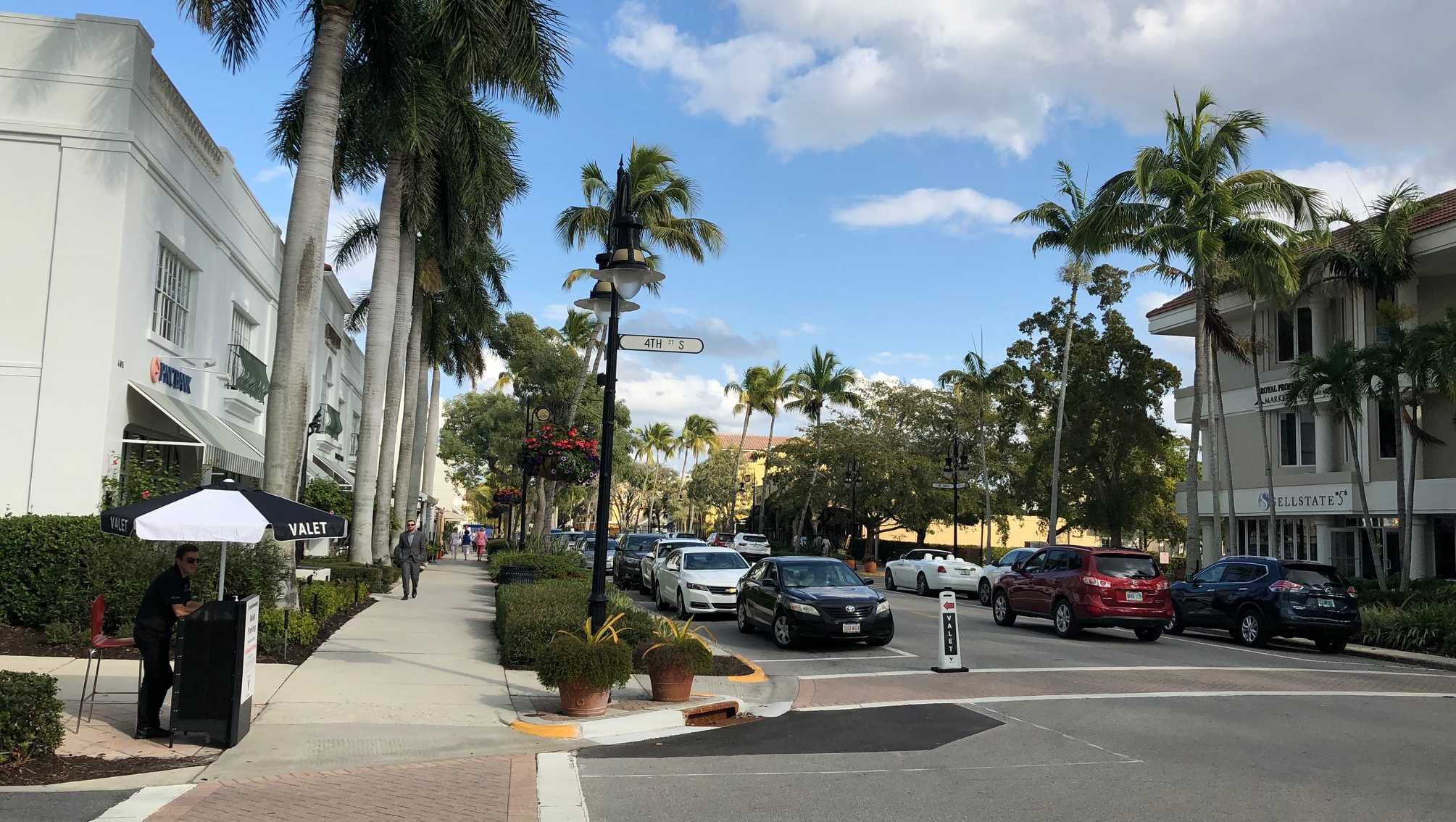
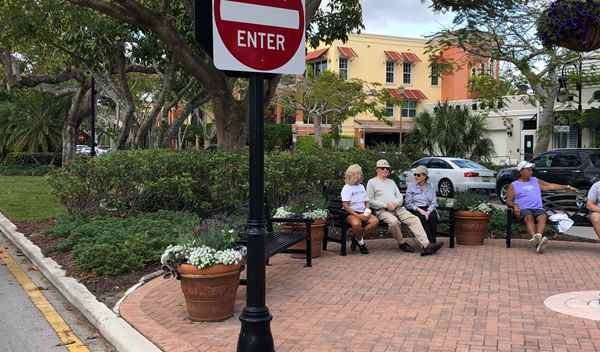
Leave a Reply
You must be logged in to post a comment.